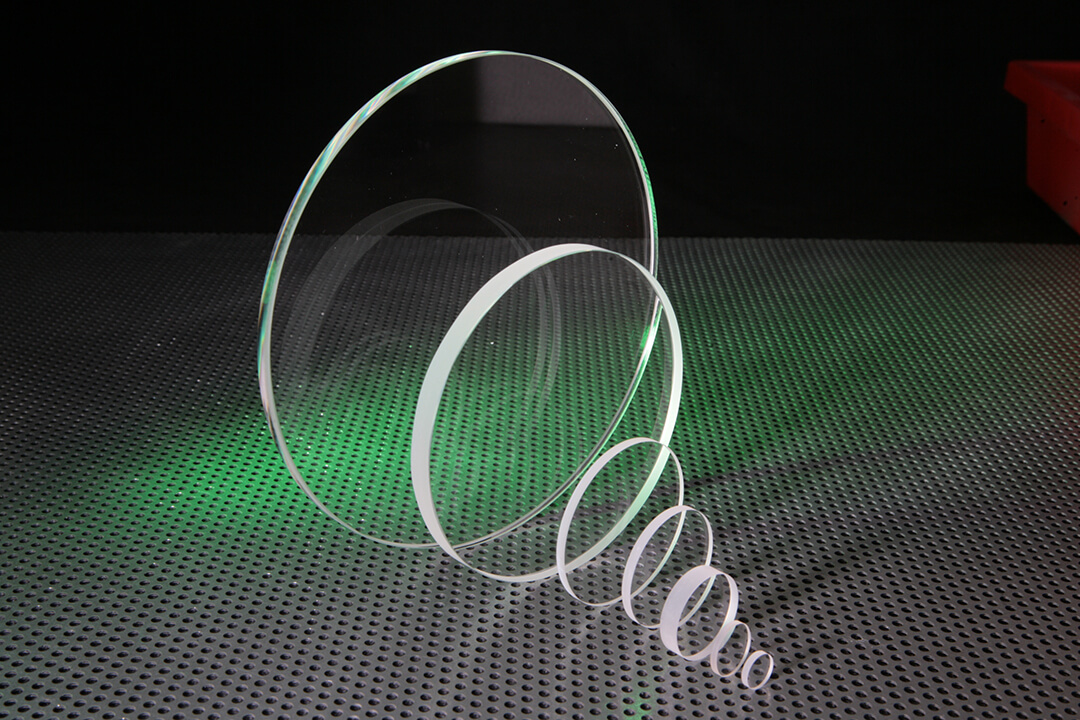Fused quartz, known for its exceptional purity and outstanding thermal and optical properties, plays a vital role in a myriad of advanced technological applications. This comprehensive guide delves into the fascinating world of fused quartz, shedding light on its evolution, unique characteristics, and impact on the future of technology.
Key Takeaways:
- Fused quartz is made by melting natural quartz crystals, offering high UV transmission but lower optical quality compared to synthetic alternatives.
- Originating in the early 20th century, fused quartz was crucial in lab glassware production and later played a significant role in World War II, electronics, and the space industry.
- It has a high melting point above 1700°C, low thermal expansion, and superb optical clarity, making it ideal for aerospace, photonics, and precision instruments.
- The production of fused quartz involves melting high-purity silica at over 2000°C, with recent advancements enhancing its purity and environmental sustainability.
- Fused quartz is vital in aerospace (for windows and mirrors), nanotechnology (due to its purity and stability), and renewable energy, notably in solar panels for efficient light absorption.
What is Fused Quartz?
Quartz itself is a crystalline mineral comprised of oxygen and silicon and is one of the most abundant naturally occurring minerals on the planet.
Fused quartz is manufactured by melting naturally occurring quartz crystals. Natural quartz crystals tend to have more impurities than the synthetically produced alternative, which means that the glass it produces has a lower optical quality and more flaws and bubbles.
Despite this, the flaws in question will not be visible to the naked eye and will only stop the glass from being used in imaging applications and those with high optical requirements. Fused quartz still offers higher UV transmission than most other glasses. For high transmission in the UV where fused quartz does not transmit, or transmission is low, fused silica will be the material of choice.
The Historical Journey of Fused Quartz
Fused quartz’s history is fascinating, marked by pivotal advancements aligning with scientific progress. Its origins date back to the early 20th century, where it first gained recognition for its high-temperature resistance and optical clarity. Initially, fused quartz was crucial in the production of laboratory glassware, providing a resilient material for high-precision scientific experiments. Its journey mirrors the evolution of technology, from early radio and telecommunications to the birth of the semiconductor industry.
During World War II, fused quartz played a vital role in the manufacture of optical instruments and radar systems, showcasing its strategic importance. Post-war, the boom in electronics and the advent of the space age opened new avenues for its application. Fused quartz became integral in the production of high-tech devices like lasers, optical fibres, and solar cells. Its exceptional purity and thermal stability made it indispensable in semiconductor manufacturing, revolutionising the electronics industry.
In-Depth Analysis of Fused Quartz Properties
Fused quartz’s high melting point, exceeding 1700°C, allows it to withstand extreme temperatures, a critical attribute in industries like aerospace and metallurgy. Its low coefficient of thermal expansion ensures minimal dimensional changes under temperature fluctuations, making it perfect for precision instruments like telescopes and high-tech manufacturing equipment.
Additionally, fused quartz’s exceptional optical clarity, especially in the ultraviolet to infrared spectrum, makes it ideal for applications in photonics, including fibre optics and UV lighting. These unique properties, combined with its resistance to chemical corrosion and minimal contamination risk, distinguish fused quartz from other materials, including fused silica, which although similar, has distinct applications and properties.
The Art of Manufacturing Fused Quartz
The manufacturing of fused quartz is a sophisticated process that hinges on the melting of high-purity silica in specialised furnaces at temperatures exceeding 2000°C. This extreme heat is necessary to ensure the transformation of raw silica into a homogeneous, non-crystalline state. Recent technological advances have refined this process, allowing to produce even higher purity fused quartz.
These improvements not only enhance the material’s quality, crucial for applications in high-precision industries, but also contribute to more energy-efficient and environmentally sustainable production methods. The ongoing development of manufacturing techniques underscores the industry’s commitment to meeting the stringent standards of advanced technologies while being mindful of environmental impact.
Fused Quartz in Contemporary Industries
The applications of fused quartz in contemporary industries are diverse and crucial. In aerospace, its use in windows and mirrors is invaluable due to its exceptional durability and resistance to extreme temperatures, ensuring safety and functionality in harsh environments. In the field of nanotechnology, the high purity and thermal stability of fused quartz are essential for precise and reliable experimentation and manufacturing.
Furthermore, in the renewable energy sector, fused quartz plays a pivotal role in solar panels. Its superior optical properties enable more efficient light absorption, thereby enhancing the overall efficiency of solar energy systems. These examples underscore the adaptability of fused quartz to a variety of modern industrial needs, highlighting its importance in advancing technology and sustainability.
Partnering with Experts in Optical Materials
If you’re embarking on a project requiring specialised optical solutions, make sure to consult with experts in the field. Their knowledge and experience could be the difference between the success and failure of your project. Contact our team today, or call us on 01223 420329 or email our sales team at info@uqgoptics.com




